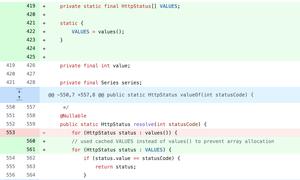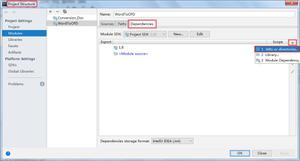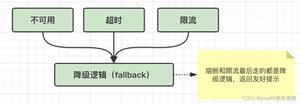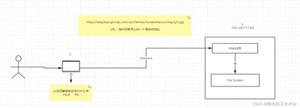java合并多个文件的实例代码
在实际项目中,在处理较大的文件时,常常将文件拆分为多个子文件进行处理,最后再合并这些子文件。下面就为各位介绍下Java中合并多个文件的方法。
Java中合并子文件最容易想到的就是利用BufferedStream进行读写。
具体的实现方式如下,代码很详细,供各位参考学习。
1、首先创建mergeFiles方法,接收字符串数组和字符串参数,并完成文件合并功能
public static boolean mergeFiles(String[] fpaths, String resultPath) {
if (fpaths == null || fpaths.length < 1 || TextUtils.isEmpty(resultPath)) {
return false;
}
if (fpaths.length == 1) {
return new File(fpaths[0]).renameTo(new File(resultPath));
}
File[] files = new File[fpaths.length];
for (int i = 0; i < fpaths.length; i ++) {
files[i] = new File(fpaths[i]);
if (TextUtils.isEmpty(fpaths[i]) || !files[i].exists() || !files[i].isFile()) {
return false;
}
}
File resultFile = new File(resultPath);
try {
int bufSize = 1024;
BufferedOutputStream outputStream = new BufferedOutputStream(new FileOutputStream(resultFile));
byte[] buffer = new byte[bufSize];
for (int i = 0; i < fpaths.length; i ++) {
BufferedInputStream inputStream = new BufferedInputStream(new FileInputStream(files[i]));
int readcount;
while ((readcount = inputStream.read(buffer)) > 0) {
outputStream.write(buffer, 0, readcount);
}
inputStream.close();
}
outputStream.close();
} catch (FileNotFoundException e) {
e.printStackTrace();
return false;
} catch (IOException e) {
e.printStackTrace();
return false;
}
for (int i = 0; i < fpaths.length; i ++) {
files[i].delete();
}
return true;
}
2、然后在main函数中对mergeFiles方法进行调用,使用时传入多个文件的地址数组,并传入输出文件地址即可。
public static void main(String[] args) {
mergeFiles(new String[]{"D:/in_1.txt", "D:/in_2.txt", "D:/in_3.txt"}, "D:/output.txt");
}
以上是 java合并多个文件的实例代码 的全部内容, 来源链接: utcz.com/z/339217.html









